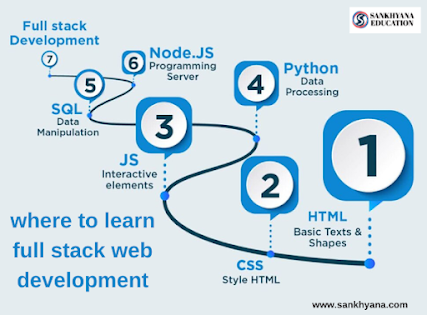Introduction to Deep learning and Recurrent Neural Network (RNN)
Introduction to Deep learning and Recurrent Neural Network (RNN)
In recent years, deep learning has emerged as a powerful technique for solving complex problems in various fields, including image recognition, natural language processing, and speech recognition.
Register your interest here: https://forms.gle/Qw8GjAehRk6WgCjF7
Introduction:
In recent years, deep learning has emerged as a powerful technique for solving complex problems in various fields, including image recognition, natural language processing, and speech recognition. One of the key components of deep learning is the Recurrent Neural Network (RNN), which is particularly well-suited for processing sequential data. In this article, we will provide an introduction to deep learning and delve into the concepts and applications of RNNs.
1. What is Deep Learning?
Deep learning is a subfield of machine learning that focuses on training artificial neural networks with multiple layers, allowing them to learn complex representations of data. Traditional machine learning models rely on manually engineered features, whereas deep learning models can automatically learn hierarchical representations from raw data.
Deep learning models consist of multiple layers of interconnected nodes, called artificial neurons or units. These units apply nonlinear transformations to the input data and pass the results to the next layer. The output of the final layer is used for making predictions or solving specific tasks.
2. Recurrent Neural Networks (RNNs):
Recurrent Neural Networks (RNNs) are a class of neural networks specifically designed for handling sequential data. Unlike feedforward neural networks, which process inputs independently, RNNs have connections that allow information to be carried from one step to the next.
The fundamental building block of an RNN is the recurrent unit, which takes an input and its own previous state as inputs and produces an output and a new state. This cyclic connectivity enables RNNs to capture temporal dependencies and long-term contextual information in sequential data.
3. Applications of RNNs:
RNNs have found numerous applications in various domains due to their ability to model sequential data. Some prominent applications include:
a. Natural Language Processing (NLP): RNNs, particularly a variant called Long Short-Term Memory (LSTM), have been successful in tasks such as language modeling, machine translation, sentiment analysis, and text generation.
b. Speech Recognition: RNNs have been widely used in speech recognition systems, where they can effectively model the temporal dependencies present in audio data.
c. Time Series Analysis: RNNs can capture dependencies and patterns in time series data, making them valuable for tasks such as stock price prediction, weather forecasting, and anomaly detection.
d. Image Captioning: By combining convolutional neural networks (CNNs) with RNNs, it is possible to generate captions describing the content of images.
4. Training RNNs:
Training RNNs involves feeding sequential data through the network and optimizing the model parameters to minimize a loss function. However, traditional RNNs suffer from the "vanishing gradient" problem, where the gradients diminish as they propagate backward through time, leading to difficulties in capturing long-term dependencies. This issue has been mitigated by introducing LSTM and Gated Recurrent Unit (GRU) variants, which incorporate mechanisms to preserve and update information over longer sequences.
5. Recent Advances:
In recent years, researchers have introduced several advanced architectures and techniques to enhance RNNs. Some notable advancements include attention mechanisms, which allow the model to focus on relevant parts of the input sequence, and Transformer models, which have gained popularity in natural language processing tasks.
Conclusion:
Deep learning, with its powerful representation learning capabilities, has revolutionized the field of machine learning. Recurrent Neural Networks (RNNs) have played a crucial role in handling sequential data and modeling temporal dependencies. With their wide range of applications and ongoing research advancements, RNNs continue to be a fundamental tool in the deep learning toolbox, enabling breakthroughs in various domains.
.png)



Comments
Post a Comment